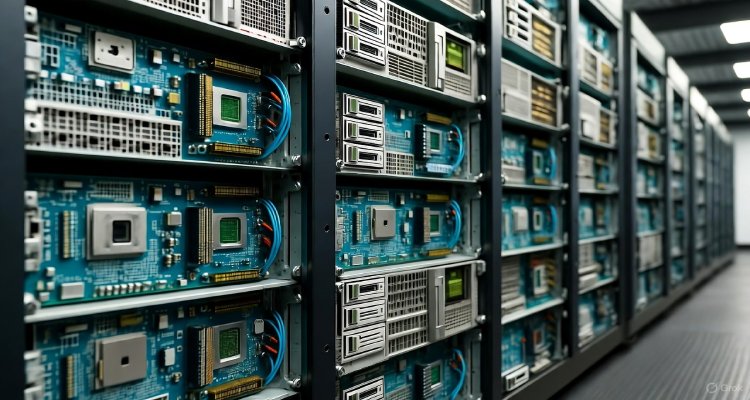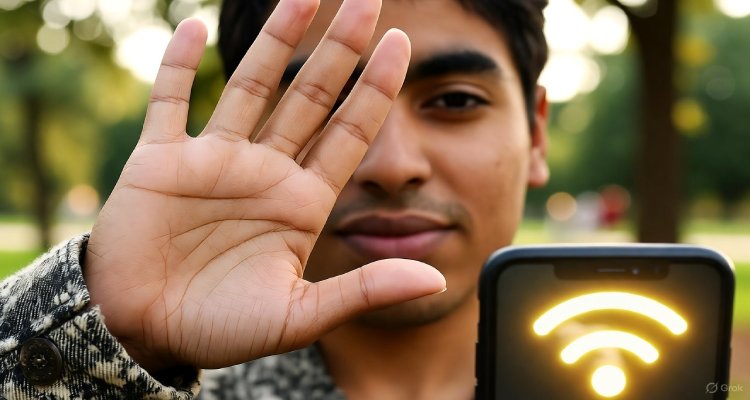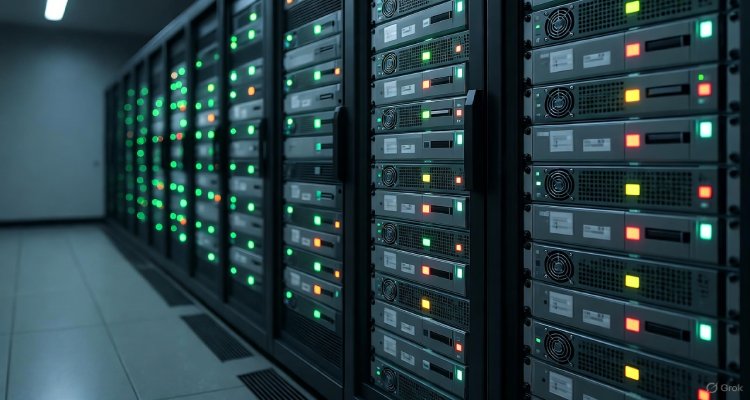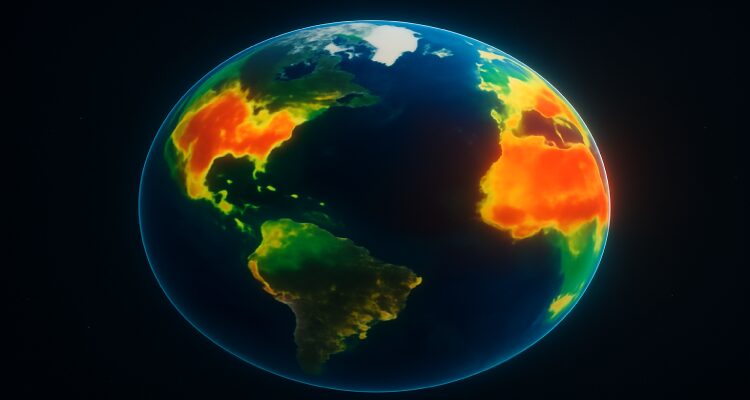Air We Breathe: Science Tracking the Invisible Crisis
Air pollution is an invisible global crisis. Explore how cutting-edge science tracks toxins in the air we breathe and what it means for our health and future.
Introduction: The Unseen Enemy in Every Breath
Every day, we inhale nearly 11,000 liters of air. It sustains life, fuels energy, and connects us to the world around us. Yet, hidden within this essential force of survival is an invisible crisis—microscopic pollutants, gases, and particles that are quietly shaping human health, urban development, and planetary well-being. Science has stepped into this silent battlefield, deploying advanced tools to track, trace, and understand the quality of the air we breathe.
Context & Background: A Crisis We Cannot See
For decades, air pollution was recognized primarily by its visible smog—thick layers of haze hanging over industrial cities. But today, the crisis is far less obvious, lurking in microscopic fine particles (PM2.5), nitrogen oxides, and volatile organic compounds that often evade detection by the naked eye.
According to the World Health Organization (WHO), around 99% of the global population lives in areas where air quality exceeds safe limits. Each year, nearly 7 million premature deaths are linked to air pollution, making it one of the planet’s most severe environmental health threats. Unlike contaminated water or unsafe food, polluted air is unavoidable—it penetrates homes, schools, and workplaces, blurring the line between outdoor and indoor hazards.
Main Developments: How Science is Tracking the Invisible
In the face of such an urgent yet intangible problem, scientists are racing to map, monitor, and quantify the air around us using cutting-edge technologies.
Satellite Surveillance:
Agencies like NASA and the European Space Agency are using satellites to monitor pollutants across continents. Instruments such as the TROPOspheric Monitoring Instrument (TROPOMI) provide daily global snapshots of nitrogen dioxide and carbon monoxide emissions.
Sensor Networks:
Cities worldwide are deploying low-cost air sensors on buildings, lamp posts, and even bicycles. These networks create real-time “air maps,” allowing citizens to check pollution levels street by street.
Wearable Tech:
Researchers are testing portable devices—sometimes as small as wristbands—that track how much pollution an individual is exposed to during their daily routine.
AI & Predictive Modeling:
Artificial intelligence now plays a crucial role in translating raw data into actionable insights. By combining satellite data, weather forecasts, and traffic patterns, AI models predict air quality days in advance—an invaluable tool for public health planning.
Expert Insight & Public Reaction
Dr. Radhika Menon, an environmental health researcher, explains:
“Air pollution is no longer just an environmental issue—it’s a public health emergency. The technology to measure it has matured dramatically, but the challenge we face is policy action to match scientific progress.”
Public sentiment reflects growing concern. Parents in urban areas worry about children exposed to high levels of pollutants, especially since childhood asthma has sharply increased in heavily industrialized cities. On social platforms, citizens demand cleaner transport, stricter emission laws, and transparency in government air quality data.
Impact & Implications: What’s at Stake
The ability to track the invisible crisis carries profound implications:
-
For Health: Real-time air monitoring can warn vulnerable populations—children, the elderly, asthma patients—when it’s unsafe to go outside.
-
For Policy: Governments now have irrefutable data to enforce stricter emission controls and design cleaner transportation systems.
-
For Business: Corporations are being held accountable for carbon footprints as investors and consumers push for sustainable operations.
-
For Equity: Low-income communities, often located near highways or industrial zones, face disproportionately high health risks. Accurate data sparks conversations about environmental justice and equitable urban planning.
If unchecked, the crisis threatens not only respiratory health but also contributes massively to climate change, creating feedback loops of worsening global warming and health risks.
Conclusion: From Awareness to Accountability
The science of tracking the air we breathe has never been more advanced, and the data paints a stark reality: the air around us is making us sick. Technology can highlight the crisis, but combating it requires decisive shifts in industry, governance, and lifestyle. The invisible enemy has been revealed—now it is up to society to act.
Just as clean water became a universal right in the 20th century, clean air may prove to be the defining demand of the 21st. The question remains: will we rise to the challenge before it’s too late?
Disclaimer : This article is intended for information and awareness. It does not substitute professional medical or environmental advice. Readers are encouraged to consult local health and environmental authorities for guidance on air quality and related health concerns.











